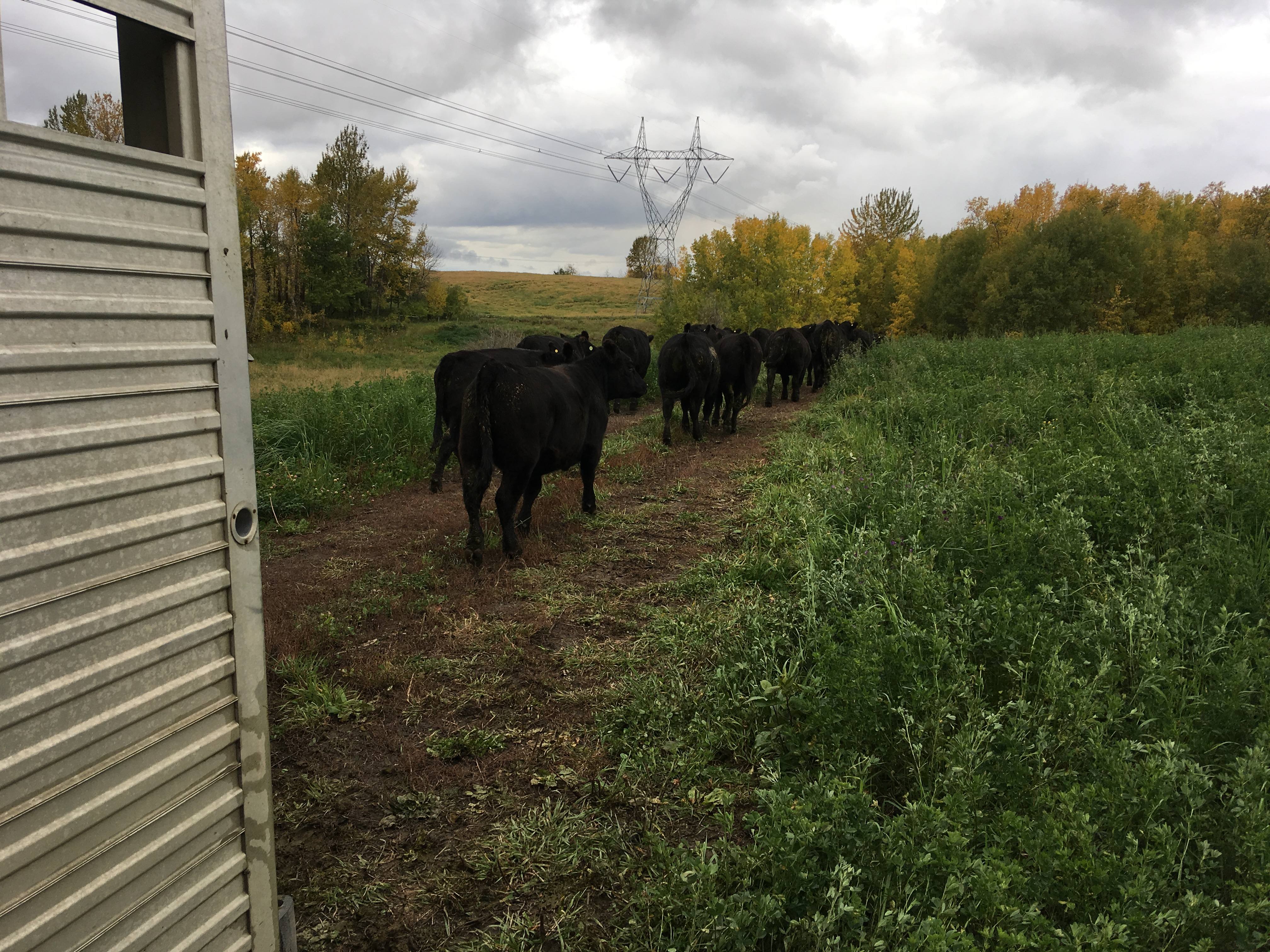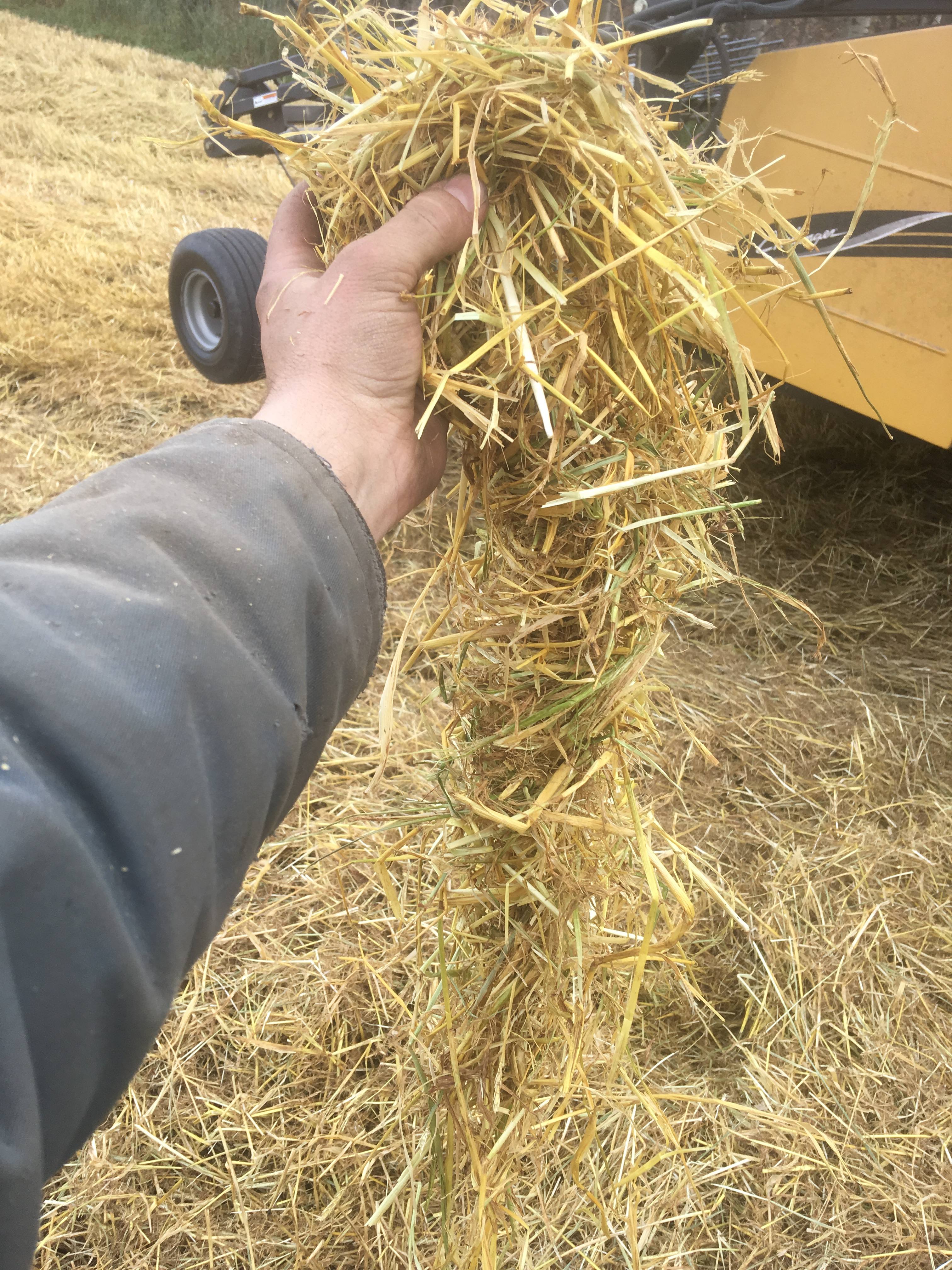Originally posted by woodland
View Post
A year or two of shorter growing seasons can be chalked up to an anomaly, but this is looking more like a trend than an exception.
Not sure how to get a handle on how big an area this might include, and if it is significant enough to affect total production.
Could we look at acreage expansion since the BSE era and assume that most of that came from land that was possibly better suited to livestock in the long run?
I know out here, enthusiasm is waning, and cattle numbers seem to be making a comeback.


Comment